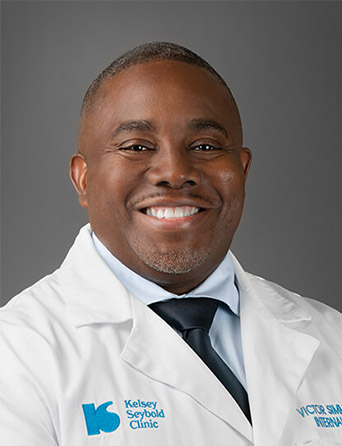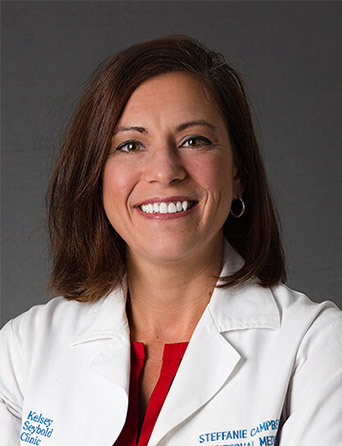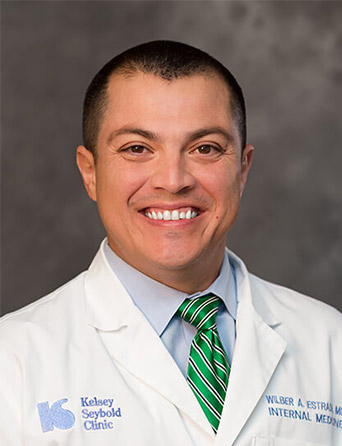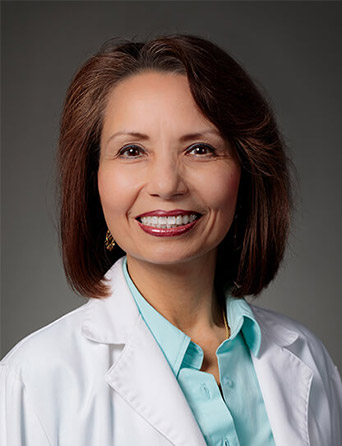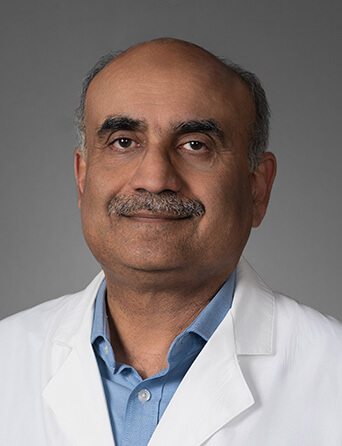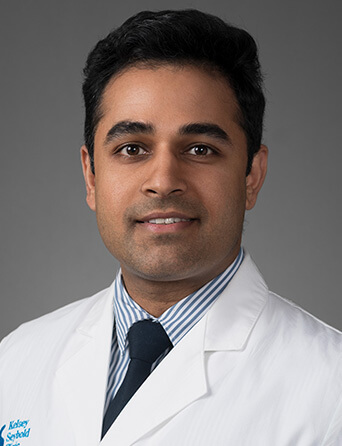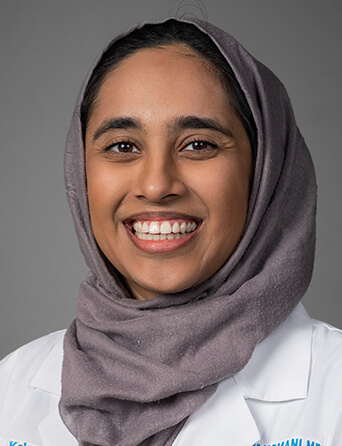Join Our eNewsletter!
Subscribe to our monthly newsletter to receive encouraging advice to help you lead a healthy lifestyle.
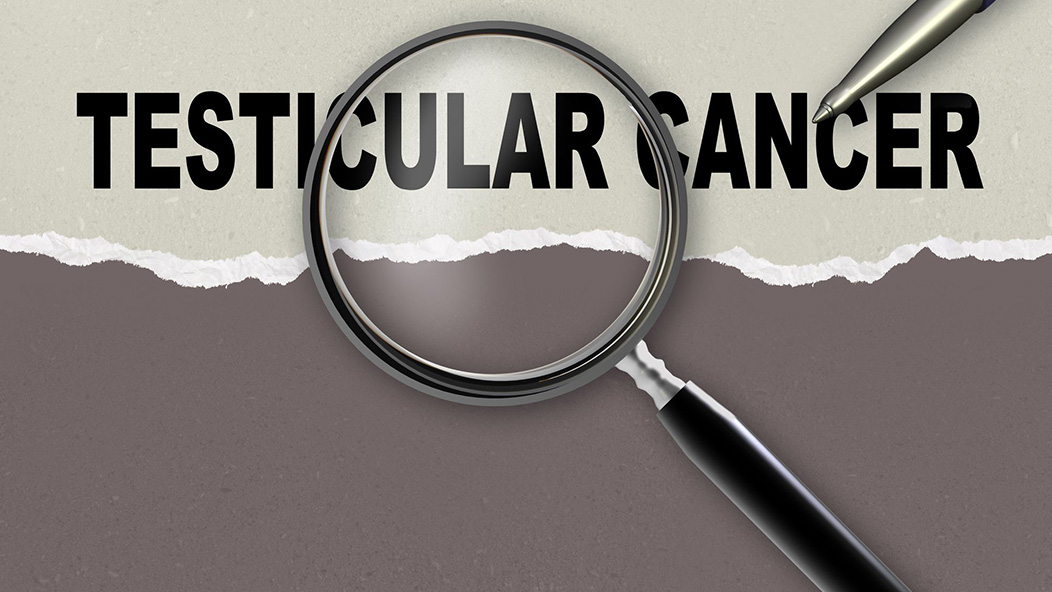
Signs that Might Point to Testicular Cancer
Testicular cancer isn't exactly common – it accounts for about 1 percent of all male cancers – however, men die from it every year. Oftentimes, that result comes about because symptoms were ignored. The good news is testicular cancer is treatable, even when cancer has spread beyond the testicle.
Joseph Voss was diagnosed with stage 3 testicular cancer that had spread to his lower back, and thanks to the care he received at the Kelsey-Seybold Cancer Center, he's now cancer-free.
Early Signs to Look For
Early signs of testicular cancer are often noticeable, if you know what to look for. Here are some early signs you definitely want to take note of:
- A firm lump inside the testicle, which is typically painless. This is often the most common early sign.
- Enlargement of the testicle. It is common for one testicle to be larger than the other, so what you'll be looking for is for any noticeable change in the size of the testicle.
- Pain or discomfort in the testicle or scrotum. Even if this isn't cancer, it could be another condition, such as a testicular torsion, and either way it should be checked out.
- A feeling of heaviness in the scrotum.
- Back pain – most often combined with other symptoms on this list.
- A dull ache in the abdomen or groin.
- Sudden fluid buildup in the scrotum.
If you notice any of these issues, schedule an appointment with you doctor immediately.
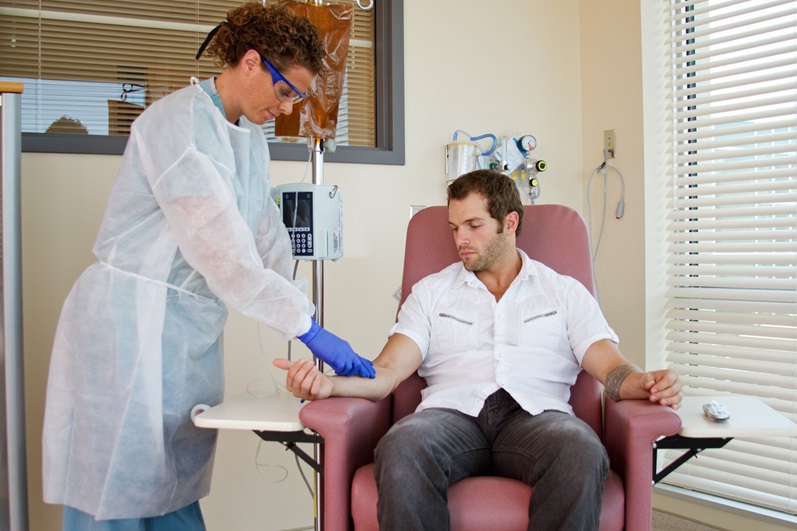
How it's Treated
Your doctor will likely perform a series of tests to determine what's causing your symptoms. An in-office exam, blood tests, and imaging tests such as ultrasound are some of the tests that normally occur during this time. If your medical team determines you have testicular cancer, there are several options for treatment, ranging from surgery that removes a testicle or nearby lymph nodes to radiation therapy and chemotherapy. Treatment will vary from patient to patient depending on individual needs.
Potential Risk Factors
There isn't evidence to show that testicular cancer can be prevented, but there are some potential risk factors and precursors you can make yourself aware of:
- Age: Teens and younger men, usually those between 15 and 35, are more likely to be affected.
- Race: Caucasians are more at risk than most other races.
- Family history: As with most forms of cancers, if someone genetically close to you had testicular cancer, there is a higher likelihood you will be affected.
- Abnormal testicle development: Usually caused by other conditions, this puts a patient at a higher-than-normal risk for developing testicular cancer.
- Undescended testicle: Men who've had an undescended testicle, even if the testicle has been surgically relocated to the scrotum, are at higher risk.
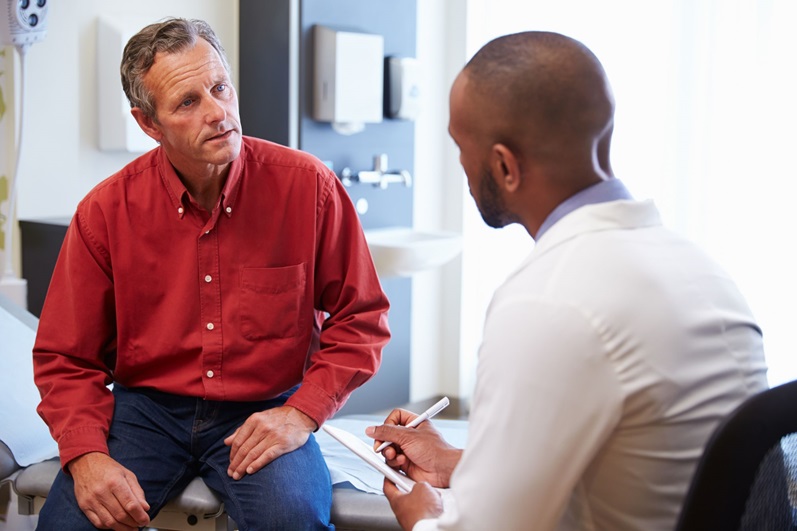
Regular Physicals Important
In some cases men discover testicular cancer themselves, either unintentionally or while doing a testicular self-examination to check for lumps. In other cases, your doctor may detect a lump during a routine physical exam, which is why it's important for men to have regular physicals and recommended screening tests.


